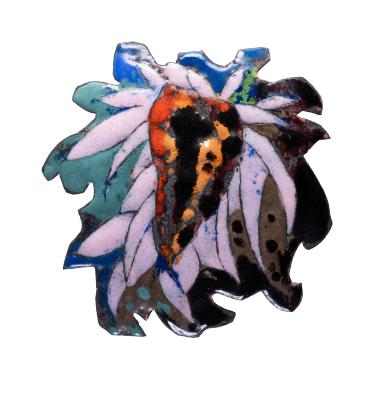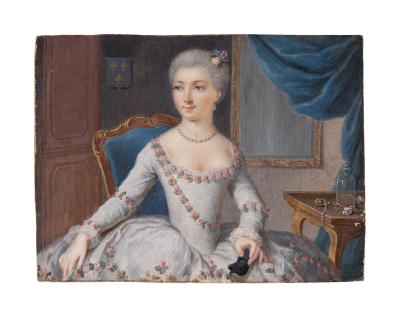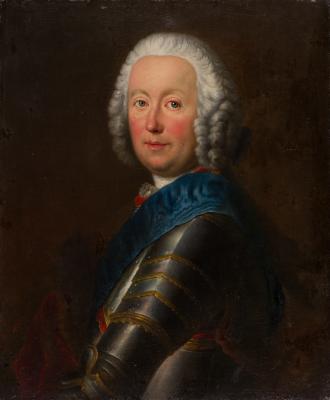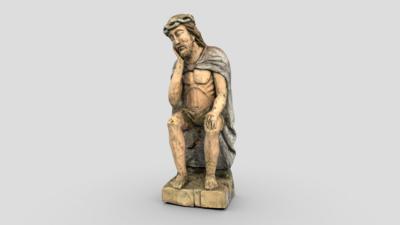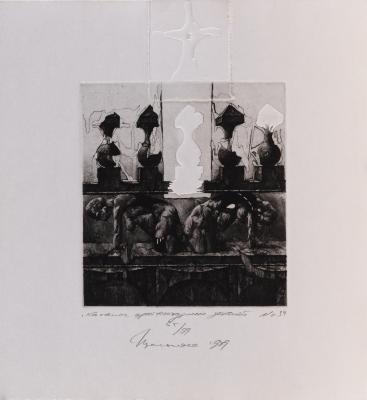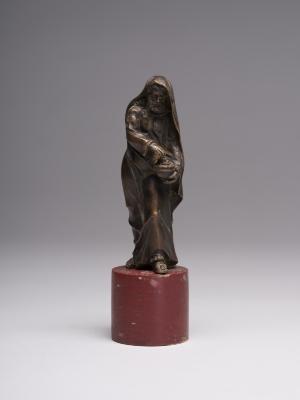М. Fediuk, together with J. Muzyka absorbed M. Boychuk's teaching directly from him. He based his own concepts of the monumental style in Halychyna on his research specifically on its landmarks - the icons, polychromy of Halychyna masters in the Sigismund's Chapel of the Wawel Cathedral (Krakow), the Chapel of the Holy Trinity in Lublin, and the church in the Lavriv (near Sambir). His works have a pronounced painterly character and exquisite colouring. In his work "The Head of the Savior" Mykola Fedyuk appeals to the stylistics of "boychukism". For example, the entire surface of the painting shows the head of Christ on a grey background, which resembles a monumental surface, with a halo bounding it on the left. The halo, hair and beard are painted in brown, with additions of ochre tones. The rhythm of the wavy hair contrasts with the strict rhythm of the movements on the face of the Saviour, which emphasizes the ascetic nature of Christ's figure.



